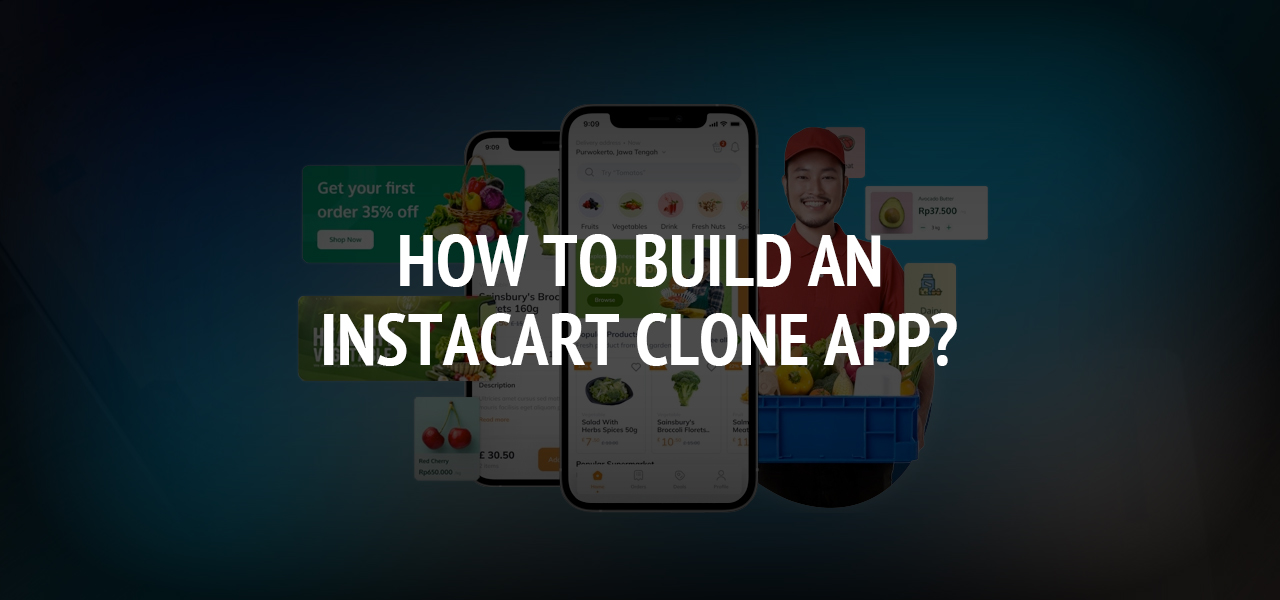The Revolution is Here: Mobile Money Apps Changing How We Handle Our Finances

63% of American smartphone users have at least one financial application on their phone, according to Bankrate. These numbers provided in a study also found that 70% of those who have a banking app check it at least once a week. The way we transact our money has changed gradually over the centuries but has altered dramatically in the last decade owing to technological advancements. Consider blockchain, for instance, which is the technology that paved the way for the creation, widespread use and acceptance of cryptocurrency as a secure form of payment among big organizations.
Without a doubt, the use of blockchain has played a large part in responding to the growing need for more security while transacting online. In addition to blockchain technology, there are a number of applications that must be highlighted for the role they continue to play in addressing the increasing questions that money in the digital era pose.
Why You Need Financial Apps
We are an ever growing and developing species. Consider the fact that in the olden ages, shells were considered a form of money and they facilitated trade between people and even communities. The one constant across the centuries and the changing face of money from shells, to gold and eventually to paper currency is the continual search for greater ease, more efficiency, and stronger security while transacting, all of which are catered to by financial apps. Because of all these benefits, it is necessary that we encourage all levels of society to learn and embrace technology in their dealings with money. This is especially true for senior citizens who may be a bit wary of shifting to cashless transactions. However, once they understand how much easier it is to budget and make purchases this way, they will embrace the 21st Century way of handling money. Now the question is, which financial apps should you have on your phone?
How to Decide the Best App for You
Finance apps can be divided into various groups. Some divide them into two: tax preparation apps and money management apps. However, for the purpose of this article, it is easier and more informative to divide them into four categories: budget tracking apps, financial assistant apps, loan calculator apps, and spending and saving apps. Ideally, you should have these four different types of apps on your phone for maximum convenience, but you may find an app that offers all four features though at varying efficiency. The cardinal rule when selecting a financial app is to find one that is credible, secure, clear and relevant.
Financial Budgeting Apps
The arena of budgeting apps grows daily. Budgeting apps allow you to effectively break down, then build up your finances. A good budget takes away the complexity of managing your personal finance life by highlighting the items taking up the most of your money or the unnecessary products you may be spending money on. Developers in this app category have made it possible for these apps to boost a number of features. For instance, there are budgeting apps that sync to your bank account allowing you to track the money going in and out. They can automatically generate a budget for you based on your income and spending as well as alert you when bills are due. They also provide tips on how to improve your spending habits and offer strategies on how to improve your credit profile.
Money Saving Apps
One of the biggest challenges people face when it comes to managing their money is how to save. However, technology has come in to solve this problem. Money saving apps work in different ways to save your money, perhaps one of the more unconventional of these means is that some apps take spare change from your linked debit and credit accounts and redirect it to your investment accounts. Some money saving applications also utilize algorithms to figure out how much money you can comfortably save and automatically redirects that amount into your savings account.
Mobile Banking Apps
Mobile banking has been advancing steadily over the past decade. One of the earliest features of mobile banking was the ability to check your bank deposit which was at the time considered cutting edge. However, developments in technology have birthed a host of new features including seamless money transfer, the option to pay bills and ATM locators. The new definition of cutting edge now includes tracking accounts from different financial institutions, built-in budgeting platforms, and digital wallet capabilities.
The best apps in this market boost a number of features that include those listed above. However, they also include additional features that increase the efficiency of your mobile banking. One of these is the ability to trade stocks and track investment performance through your phone. They also allow you to download an additional built-in app to control your card. This allows you to customize your debit card and set spending limits for it.
The change of money from one form to another form is one of the most important chapters in human history. However, the shift in how we transfer, manage and save this money is very much a part of our present and we should embrace the gradual shift towards mobile finance.
About The Author
Related Blog
View All-
Clip&Go; ? Video Editor Free
Sometimes all it takes to transform a video and make it much more attractive is a few simple tweaks and improvements. Conventionally you would have to transfer it over to a computer to use a video editor, but now you can do so directly on the Android device that ...
-
How To Build An Instacart Clone App?
Grocery delivery apps are used frequently by people, which has increased their appeal in recent years. A white-label Instacart clone script is being used by a number of entrepreneurs to enter this market because of the high user engagement and many revenue sources. Large ...







